
After much debate on the safety of shipping oil by train, federal regulators have created a list of voluntary measures transporters can use to help reduce the risks of accidents occurring on rail shipments.

Although accidents are rare, transporting crude oil and natural gas poses major risks for human habitation areas and water bodies, regardless of how they are moved.
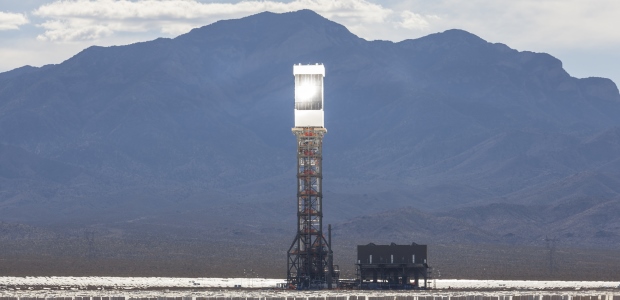
The Ivanpah Solar Electric Generating System, located in the Mojave Desert, began operations last week after several years of planning and construction. To date, the plant is the largest of its kind and reportedly generates 30 percent of all solar energy developed in the United States.

The agency's standards for nuclear power operations date to 1977 and are the earliest radiation rules it has developed.
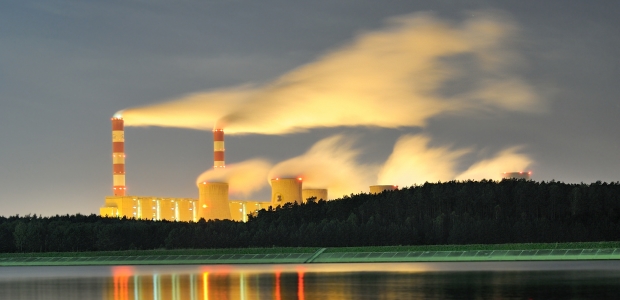
The Pacific Coast Action Plan could be an effective blueprint for locally driven climate and energy policy. Will it be implemented in 2014?
- By Hillary Hoffmann, Andrew Minikowski

The recent fracking boom may do more harm than good for the climate if the U.S. EPA doesn’t do a better job of regulating methane releases. Even if it does, will cheap natural gas displace cleaner energy options like wind and solar?
- By Patrick Parenteau, David Scott
The U.S. government clearly wants to create a substantial energy storage marketplace and is laying the groundwork to make this a reality.
ABB, the global power and automation technology group, has been awarded the Zayed Future Energy Prize 2014 in recognition of its efforts to drive innovation, renewable energy and energy efficiency.
The 50 MW power generation plant at the Schofield Barracks would be leased to the Hawaiian Electric Company and would burn a mixture of biofuel and diesel.
Panhandle 2, a wind farm just outside of Amarillo, Texas, has received a $75 million investment from Google. This is Google’s 15th renewable energy investment, and their second in the Lone Star State.
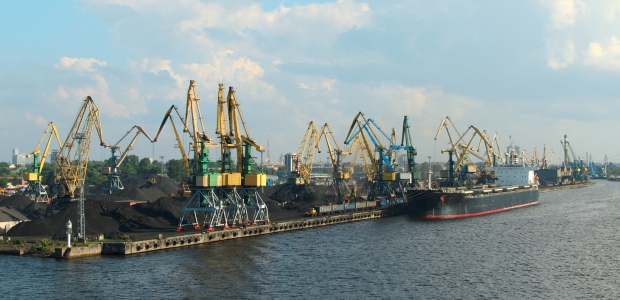
Will a plan to ship coal—the leading source of CO2 pollution—from Montana to China be halted following environmental review by two federal agencies, amid early signs that China might be stepping away from coal as preferred energy source?
- By Jack Tuholske, Ben Gustafson
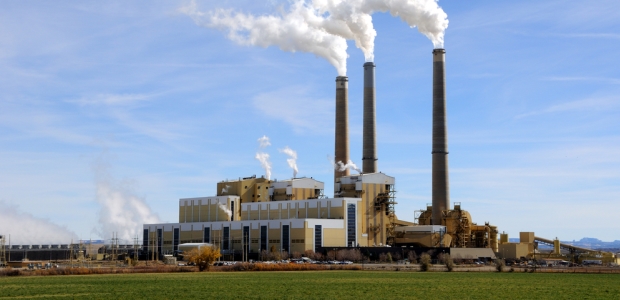
Will EPA finally propose regulations that significantly reduce carbon emissions from existing coal-fired power plants?
- By Kevin Jones, Mychal Ozaeta
BSEE Oil Spill Response Division Chief David Moore said the agency hopes "to spur further innovation and to improve upon the techniques and technology available to respond to potential oil spills."
The Department of Justice announced that a federal court jury convicted Kurt Mix, a former engineer for BP plc, on one count of obstruction of justice for intentionally destroying evidence requested by federal authorities investigating the accident.
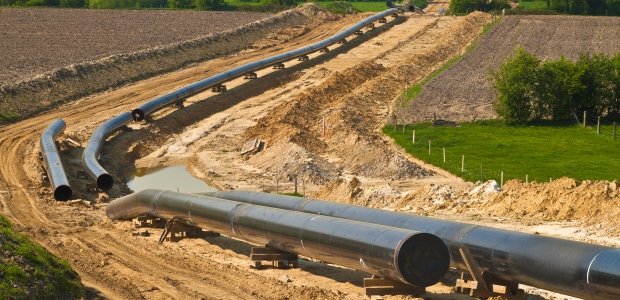
President Obama’s awaited decision on the Keystone XL pipeline has become a proxy for the larger debate on climate change. Will Obama allow the pipeline to go forward?
President Obama’s memorandum directing the federal government to consume 20 percent of its electricity from renewable sources by 2020 "will ensure the country is saving energy, reducing our carbon footprint, improving air quality, driving investment in clean technology, and creating jobs," Rick Fedrizzi said Dec. 5.
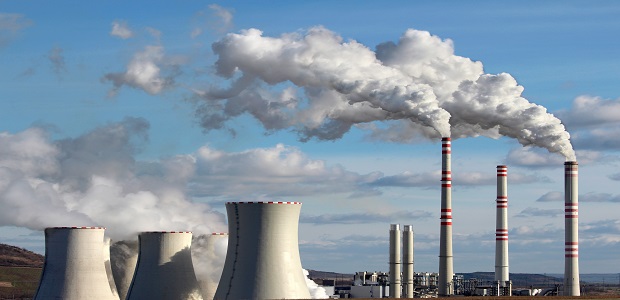
The recent shale gas boom has led to climate change impact in more than 90 new industrial plants, which are projected to emit greenhouse gases equal to 21 coal-fired power plants.
Nancy Sutley is leaving in February 2014, the White House announced.
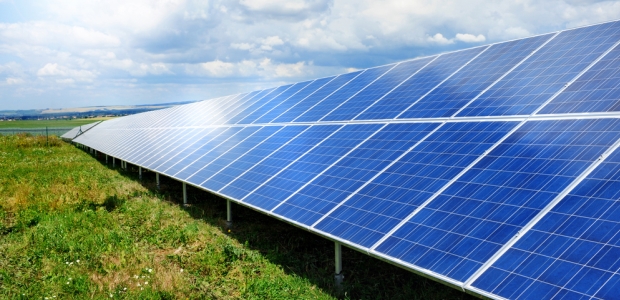
The Province of Ontario's Green Energy Act of 2009 helped to ignite fast growth in the production of clean and renewable energy. Since 2009, the act has spawned more than 20,000 jobs.
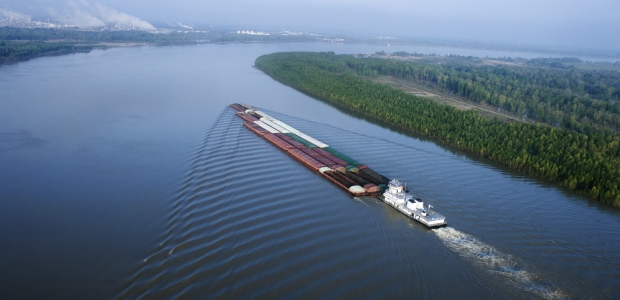
Dozens of comments urge the U.S. Coast Guard not to allow barge owners to ship shale gas extraction waste water via inland waterways, saying it is a threat to drinking water supplies.